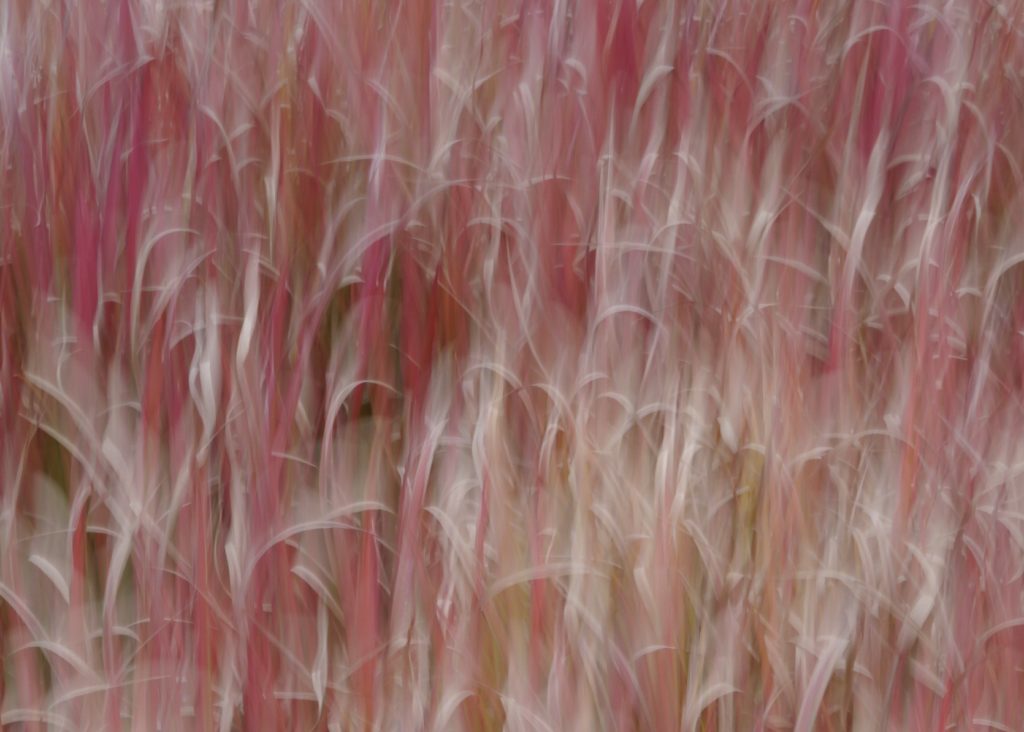
In part 1 of this series, we explored how perception is primary and pre-cognitive, a pre-intellectual form of awareness. This leads us into the second aspect of perception, that it is embodied, meaning it is felt in the body, through our senses, intuition, and emotions. We are in our minds so much of the time that it’s easy to lose track of what our body is telling us. Yet truth reveals itself when our minds are aligned with our body and our heart. Henri Cartier-Bresson called this “the decisive moment.”
“It is an illusion that photos are made with the camera … they are made with the eye, heart and head.” – Henri Cartier-Bresson
Being able to recognize what your body is saying is a practice that can be learned. Here are some ways to open your senses and notice resonance.
Open your Senses
There are many ways to practice opening your senses. When you’re out walking or photographing (or anywhere for that matter), pick two senses to focus on. For example, when I’m walking, I’ll pay attention to the sounds around me and the feel of my feet touching the ground. By doing this, I’m able to see more and experience what I’m seeing at a deeper level.
Another practice is to sit in one place and write about what you see through your senses. Read: Writing about Photographs through the Senses.
Mind Your Life
And finally, here;s another exercise adapted from Meg Salter’s book, Mind Your Life (paid link), which can help open the senses.
2. For the first five minutes, feel out. Notice body sensations. What does the air feel like? How are you feeling inside? Is something nagging at you? What’s your emotional state? How does your body feel? Do you have any itches, aches, pains, fatigue, hunger? Accept it all. Feel your feet on the ground and the movement of your arms. Notice your breath.
3. For the next five minutes, hear out. Notice the sounds around you and within you. Notice how they rise and then fall away. Think of all the sounds together as one big symphony of life.
4. For the next five minutes, see out. Let your attention wander. Notice what comes to your attention, without rejecting anything. Photograph what you feel needs your attention.
5. For the last five minutes, focus out on all. Notice how your body feels now, the sights and sounds and smells. Take it all in and appreciate this time you’ve taken.
Read: A Mindfulness Exercise for your Photo Walks.
As an alternative, do this exercise as a sitting/meditation practice before photographing. Times for each step are not set in stone. Adapt according to the time you have.
“It is only through the senses that we experience what it means to be fully human. It is only through the engaged senses that we are able to feel desire and intimacy, the great longing to be fully, wholly, and utterly in the world. But it is only through the honest and engaged senses that we will come to appreciate the living world as it truly is, both wildly beautiful and endangered. Cultivating our perceptual capacity is fundamentally related to both the quality of our personal lives and restoring the quality of life on the planet.” ~ Laura Sewall, Sight and Sensibility
Notice resonance
Resonance is felt as a vibration, a hum, or sense of rhythm. It often points to an emotional response or intuitive insight. You feel an attunement to something in your environment, as David Abram says below.
“Perception is an attunement or synchronization between my own rhythms and the rhythms of the things themselves, their own tones and textures.” ~ David Abram, The Spell of the Sensuous
Read: Let Resonance Guide your Photography and Letting the Body Lead, both of which include the following exercise from John Daido Loori.
* Let your subject find you.
* Notice when you feel resonance, a sense of recognition. If, when you move away the resonance fades, or if it gets stronger as you approach, you’ll know you’ve found your subject.
* Sit with your subject and see if the resonance continues.
* Don’t try to make a photograph, but let your intuition indicate the right moment to release the shutter.
* If, after you’ve made an exposure, you feel a sense of completion, bow and let go of the subject and your connection to it.
* Otherwise, continue photographing until you feel the process is complete.
You may find that there is an emotion attached to this resonance. Letting the body lead is not an easy exercise, but it will show you how much your mind wants to take control and perhaps how out of touch you are with your body.
How do you listen to your body?